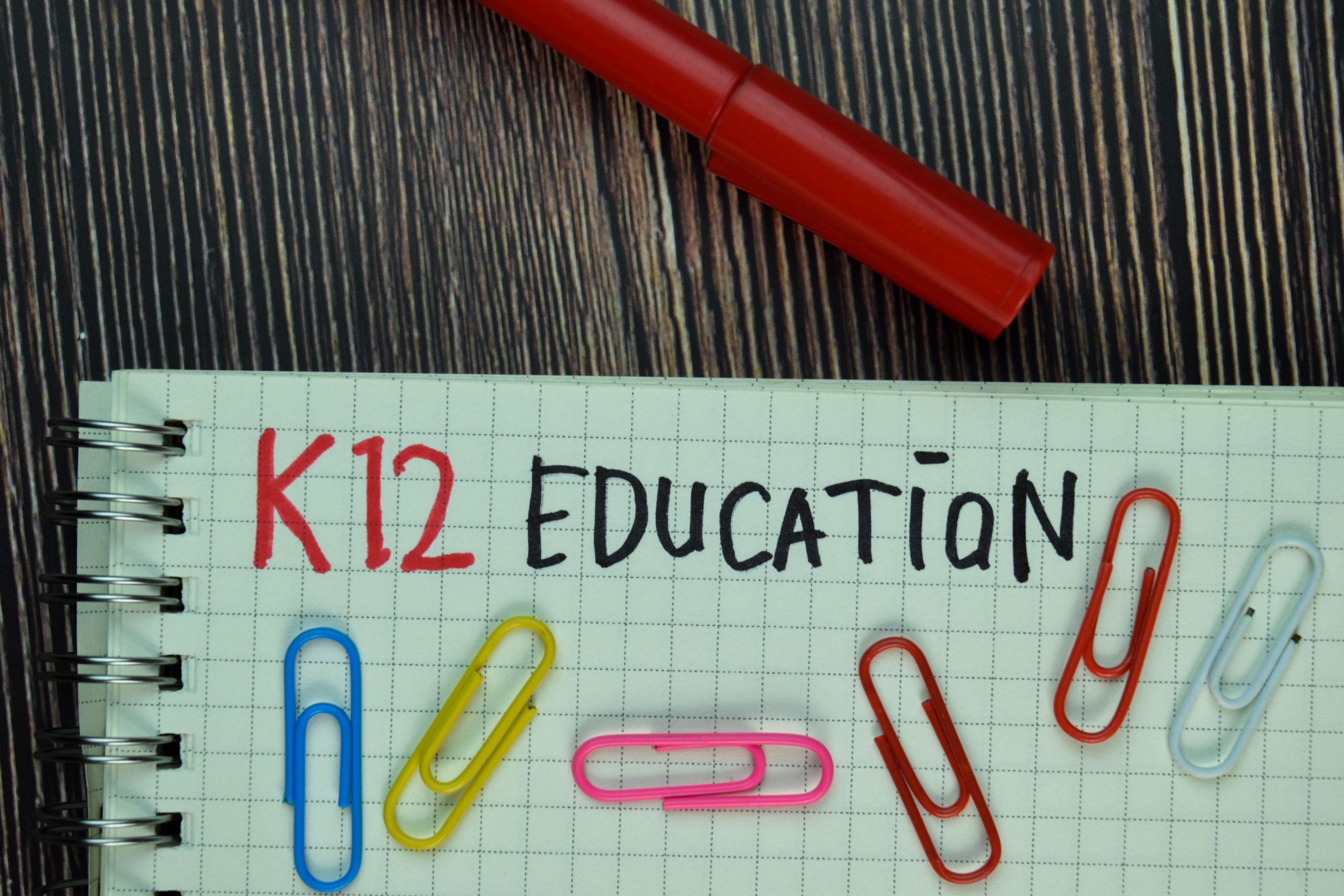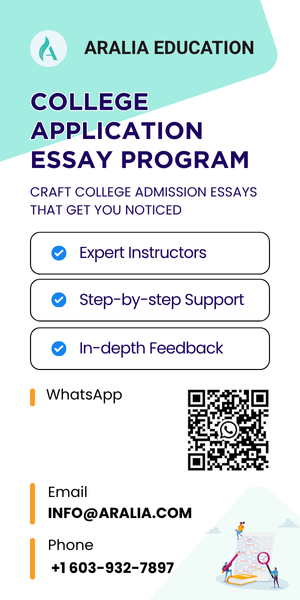K-12 system in the United States
The American education system is divided into elementary education (primary school [Grades K-5]), secondary(junior high school [Grades 6-8], high school [Grades 9-12]) education, and higher / tertiary / post-secondary (college or university) education. Although different states adopt different educational systems and curricula, each state must guarantee 12 years of compulsory education. Americans are used to calling it the K-12 school system.
Secondary education includes middle school and high school. Middle school (Middle School/Junior High School) generally runs from grades 6 through 8 for a total of three years; high school (High School) typically runs from grades 9 through 12. The U.S. government attaches great importance to education, but the federal government does not directly provide education support funding to K-12 schools. Instead, U.S. states and municipalities invest in education based on state and local taxation. Most states spend about 40% of their taxes on education.
More specifically, American middle schools are divided into public schools and private schools. Public schools are set up according to the school district’s population density, which is suitable for students nearby. According to the U.S. statistics for K-12 education in 2021, 90% of all school-age students enter public schools, and about 9% of students enter private schools. (Data from https://nces.ed.gov/)
The government subsidizes public high schools for local students, and students are exempt from tuition (tuition-free) when attending public education. Private high schools include schools of religious groups, non-profit independent schools for local or international students, as well as for-profit private schools for local or international students. The student’s family pays for all expenses such as tuition, teaching materials, meals, and accommodation
Credit system
American middle schools and high schools all use a credit system; however, each school has different requirements for credits to be promoted to the next grade or graduate. Generally speaking, schools divide courses into required courses and elective courses. The credits required for each grade are different. If you want to advance to the next grade, you need to complete the previous grade’s required credits.
In the composition of credits, the credits for elective courses account for a high proportion of the total. The variety and scope of elective courses are related to the United States’ emphasis on personal development. The ratio of social science and natural science credits in the set of required courses is basically the same, which reflects on American society’s requirements for basic societal knowledge.
Curriculum (Using American High Schools as an example)
The curriculum of American high schools is mainly divided into regular / non-Honors courses, honors courses, AP courses, and Advanced courses. To learn more in detail about the curriculum, please refer to our article about the different kinds of courses available in American High Schools.
Some American high schools have canceled AP courses and instead opened advanced courses in line with their own school system, called Advanced Courses or Accelerated Courses. Schools have done this because they don’t want to be restricted by the AP curriculum requirements. The content in these courses differs from the AP curriculum, but in many cases offers a good preparation for a student to take the AP exam after completing the course.
Regular / non-Honors courses
Honors Courses
AP courses
Teaching methods
Many American high schools, especially public schools, refer to Common Core’s teaching requirements in the United States to formulate the syllabus for each class. However, there is no unified set of teaching materials or education resources for American high schools. The teaching materials and methodologies for each subject are selected by the school, the department head, and the teachers.
What is the Common Core? The Common Core is a set of academic standards in mathematics and English language arts/literacy (ELA). These learning goals outline what a student should know and be able to do at the end of each grade. The standards ensure that all students graduate from high school with the skills and knowledge necessary to succeed in college, career, and life.
American classrooms are mostly based on teacher-student discussions, with small class sizes. The number of students in each private high school class does not exceed 20, and the number of students in each public high school class does not exceed 30.
The assignments are mainly based on group collaboration/independent project research, aiming to cultivate students’ independent thinking ability. Math, natural science, and physical science classes tend to be more lecture-based. Natural and physical science classes also have many labs for students to participate in experiments, collect data, learn about the scientific method, and gain experience writing lab reports.
Further reading:
- Guide to the American High School Curriculum – Regular / non-Honors, AP and Honors Classes
- Infographic: International High School Competitions to Boost Your Profile
- How to create a Four-Year High School Plan for High School Freshmen
- Differences between AP and IB courses
Aralia Education provides academic courses to improve students’ GPA and provides complete learning plans customized for each student. We will match the most suitable teachers according to the specific needs of each student. Aralia’s teachers fill knowledge gaps according for every student to ensure they can overcome their own shortcomings. After taking classes, students will be able to increase their GPA over the long-term and receive a strong academic foundation for later grades and college applications.











